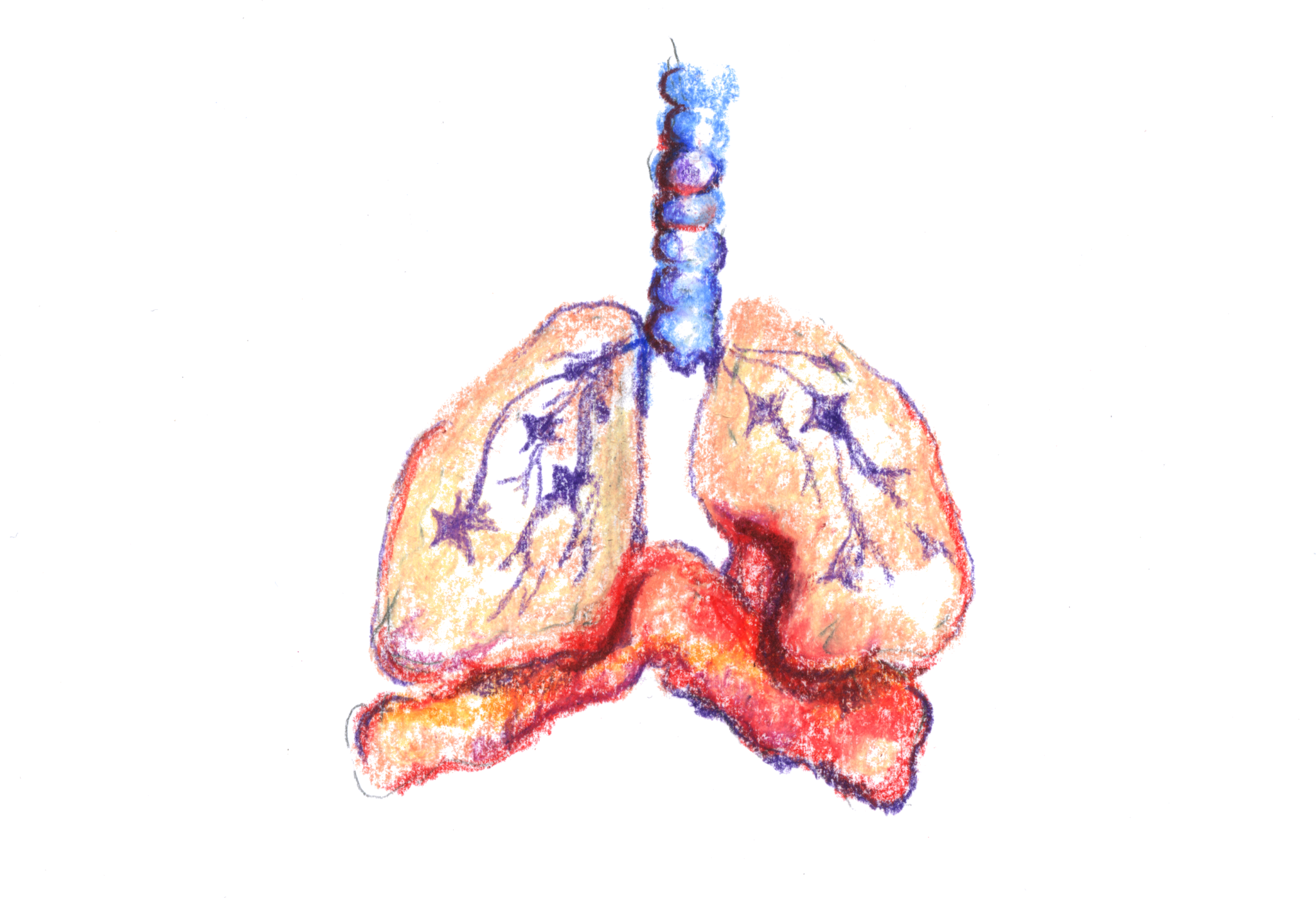
Joy Lian
A new study by researchers at Yale and Johns Hopkins University has discovered how asthmatic bronchial spasms — muscle contractions in the airway that cause difficulty breathing in asthma patients— occur by creating a microdevice that mimics the behavior of the human respiratory airways.
Led by Andre Levchenko, professor of biomedical engineering, and Johns Hopkins postdoctoral fellow Onur Kilic, the team investigated the mechanism by which the smooth muscle surrounding bronchial airways — the network of tubes that deliver oxygen to the lungs — suddenly contract and cause bronchial spasms. During bronchial spasms, sudden contractions of the smooth muscles result in decreased airflow, not only in asthma patients but also in healthy people.
Using a microdevice that mimics the behavior of bronchial airways, researchers were able to create what Levchenko called a “bronchi on a chip” — a microphysiological model of the airway to analyze biochemical and mechanical signals.
According to the study, muscle contractions triggered by allergens or other small substances in the airways initially respond to positive feedback, meaning that initial contractions lead to more contractions. But eventually, the contractions stop when smooth muscle relaxes. The study found that in the asthmatic model — the microdevice with cells taken from an asthma patient — this relaxation takes much longer than in the nonasthmatic model, explaining why asthmatic patients experience airway constriction for a longer period of time.
The study also discovered that inducing a second asthmatic trigger during a spasm at the right time to actually induce smooth muscle relaxation and stop the spasm — a finding with important clinical implications, according to Levchenko.
“One of the most surprising discoveries in our model was that various triggers of smooth muscle contractions could not only stimulate the model airway once, but also that when the same trigger was used again, and if the second trigger came at the right time, the persistent bronchial spasm could actually relax,” Levchenko said.
According to Kilic, building the device required several components. First, the device had to keep human lung cells alive using a toxin-free silicon elastoma medium through which cells can breathe. Second, the device required epithelial cells, or cells that protect and support the structure of the airway and serve crucial functions in oxygen exchange. Finally, the device required smooth muscle cells — strips of muscle that surround the airway — in order to simulate the human bronchial airways’ contractions.
The smooth muscles lack biological function, much like the human appendix, and are referred to as “vestigial” leftovers of the evolutionary past, according to Kilic. However, complications in the smooth muscle could still lead to serious medical problems, notably the airway constrictions experienced by asthma patients.
A mechanical stimulus similar to a bronchial spasm was artificially induced in the microdevice to resemble deep breathing. As these motions opened up the airways, cells incorporated in the device were able to stretch. When pressure was applied to the cells exposed to air, airway constriction involving epithelial cell compression led to strong contractions of the smooth muscle cells.
Levchenko and Kilic explained that the research team recorded the movement of magnetic beads attached to the cells’ surface in order to monitor mechanical changes within the cells during muscle contraction and relaxation. By incorporating the cells of both asthmatic patients and healthy people into the device, the researchers were able to contrast the activity of asthmatic and normal muscle movements.
The researchers also identified that a protein with mechanosensor function called the Yes-associated protein, or YAP, was the biochemical component that enabled the epithelial cells to sense mechanical stress.
According to Levchenko, YAP acts on cyclooxygenase genes that code for enzymes, COX1 and COX2, that help form prostaglandin hormones. The prostaglandins formed are differentially responsive to mechanical stimuli: one causes contraction and another causes relaxation. During initial smooth muscle contractions that stimulate further contractions, the prostaglandin causing contractions was secreted more. After a certain time, the prostaglandin causing relaxation was secreted, allowing for the contractions to stop.
In addition to the complexities of asthmatic bronchial spasms, Kilic said that asthma is a challenging area of research due to the difficulty of using animal models.
“Asthma is one of the few human diseases that cannot be modeled by animals due to unique features of the human respiratory functions and mechanisms,” he said.
Nevertheless, the study’s findings provide future directions and important targets for future treatments, Levchenko said.
According to the Centers for Disease Control and Prevention, 1 in 13 people have asthma.
Viola Lee | viola.lee@yale.edu .







